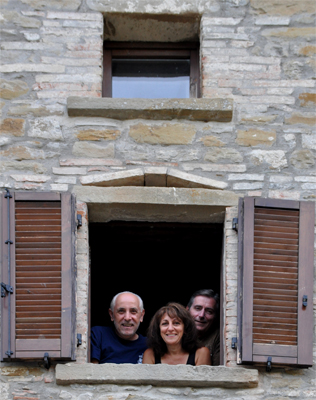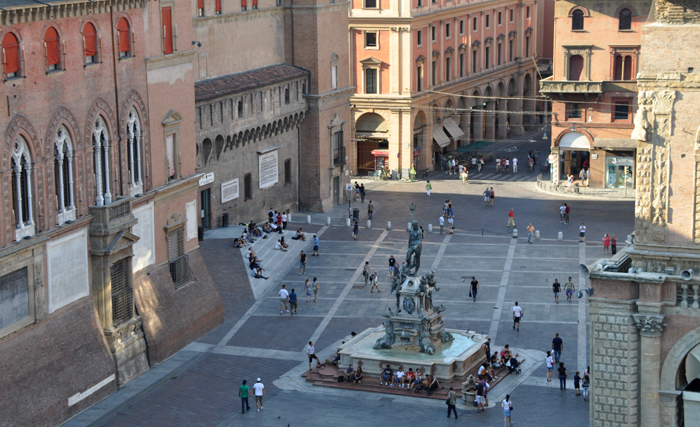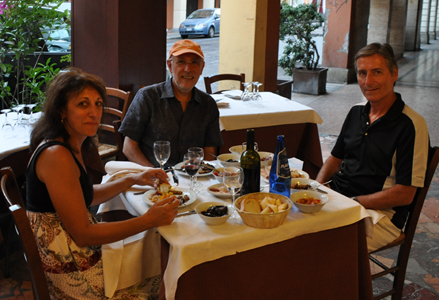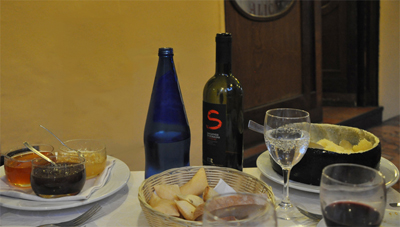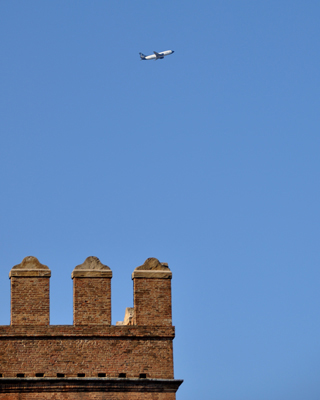
1st entry – le marche 2012
Left home yesterday to make a 5:40 flight to Philadelphia. Between engine trouble and delays, didn’t leave until 7:00. My flight from Philly to Frankfurt also got delayed. Supposed to leave at 8:30, but didn’t leave until 10:00. (BTW, the Philly airport is new, and very nice. Even had charging stations, so my kindle and iPhone were fully charged.)
Made it to Frankfurt with an hour to go. (They had already booked me on the 6:00 pm flight assuming I would not make my 12:40 connection.) From the air Germany looks a lot like Pennsylvania in that it’s very green. The difference is in the clustering of the towns. For us, rural Pennsylvania is spread out. Rural Germany is clustered very close together and the surrounding area is all woods or small farms.
I made sure to deplane as quickly as possible, then at Passport Control I asked if I could go first and the efficient Germans let me. Next, I ran to the gate and made it with 20 minutes to spare. Rose and Derrick were happy to see me, otherwise they would have had to wait in Bologna until the later flight got in.
With all that hassle out of the way, the next worry was luggage – would my bag make it onto the Bologna flight? It did, we landed at 2:00. But the line from hell was waiting for us.
The next step was to pick up the rent-a-car. By 2:15 we were in line at Budget. We didn’t get up to the counter until 4:00. The drive to Earle-and-Suzanne’s (Isola di Fano) was supposed to be an hour-and-a-half. It took us three hours. On the Autostrada, we met up with all the Italians who were heading to the beach for the weekend.
We got in at 7:00. Ran down to Fossombrone to the grocery store, came back showered and had our first dinner in Italy. We polished off two bottles of wine between the three of us.
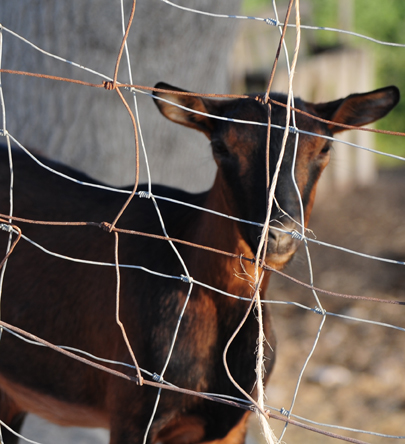
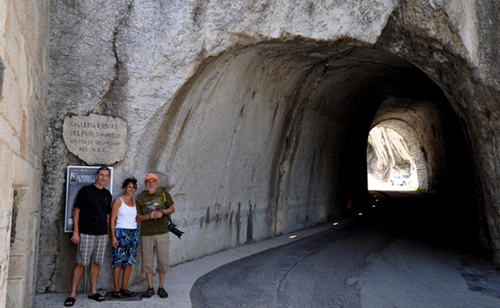
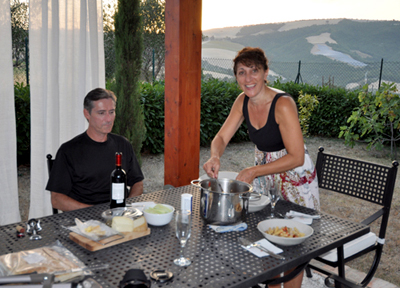
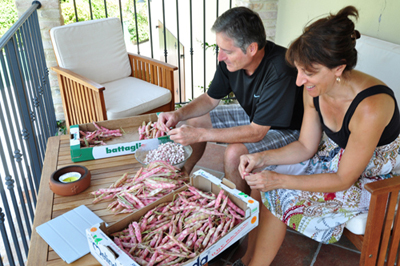
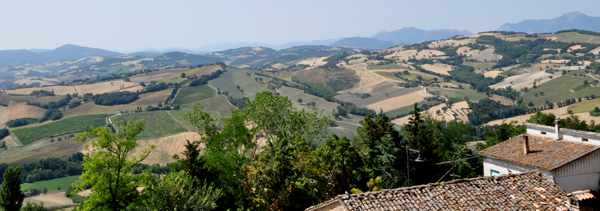
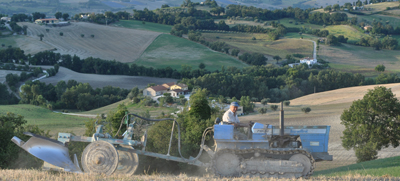
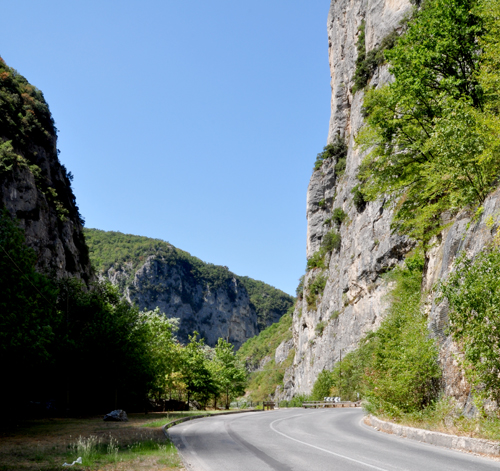
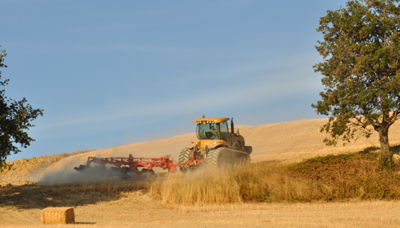
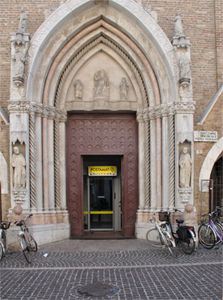
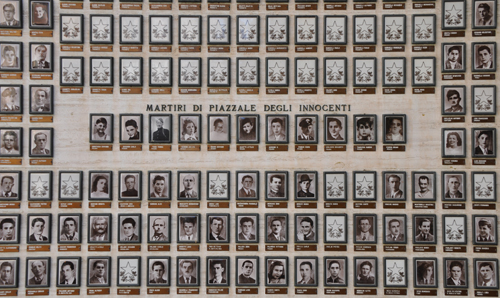

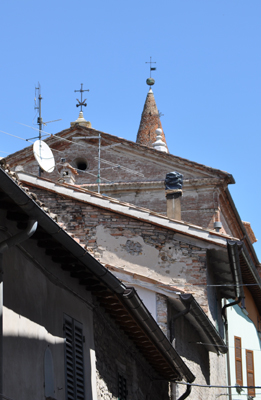
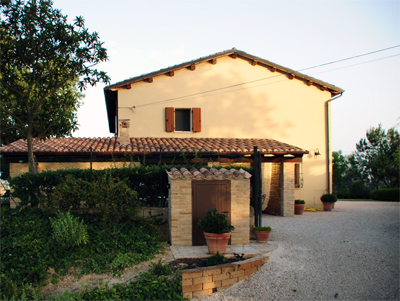
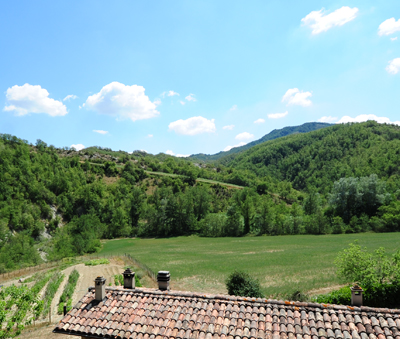
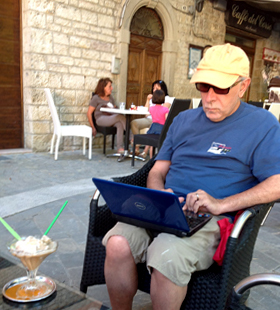

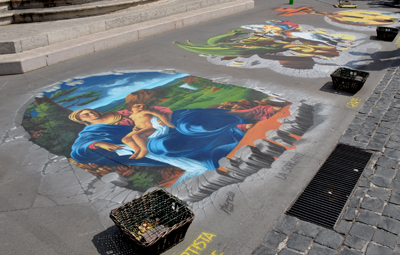

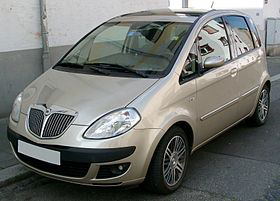
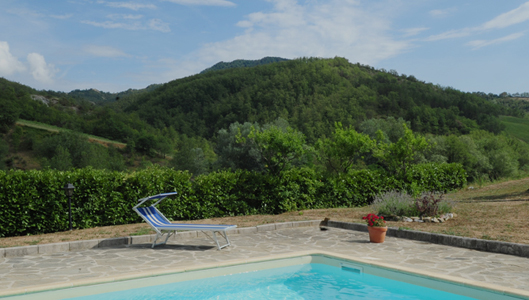
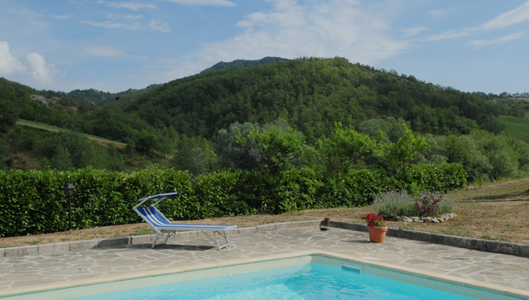 Today was a recoup. We went into Piobbico for the market and for coffee; and then headed back to La Tavola Marche to sit by the pool. (The Dutch family with its four, loud children left for the day; we had the pool to ourselves.)
Today was a recoup. We went into Piobbico for the market and for coffee; and then headed back to La Tavola Marche to sit by the pool. (The Dutch family with its four, loud children left for the day; we had the pool to ourselves.)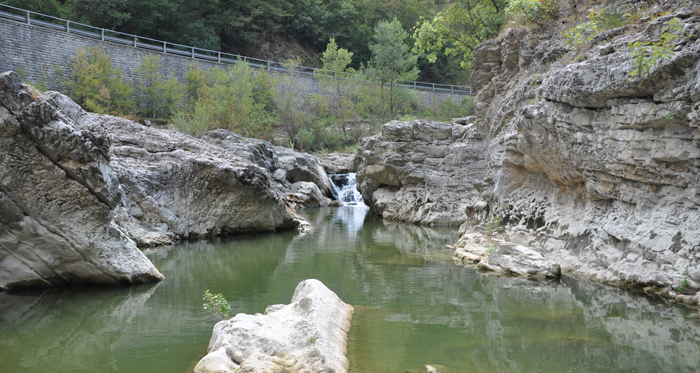
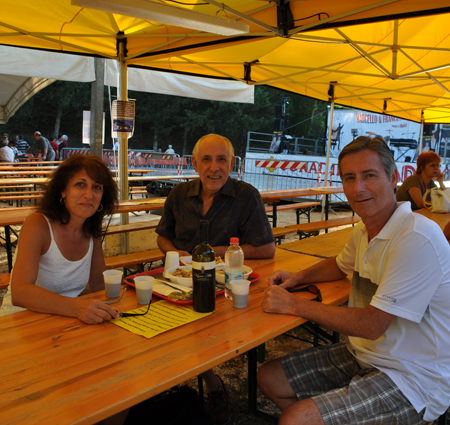
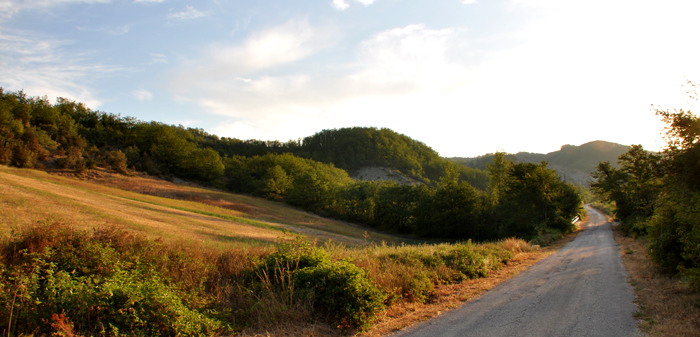
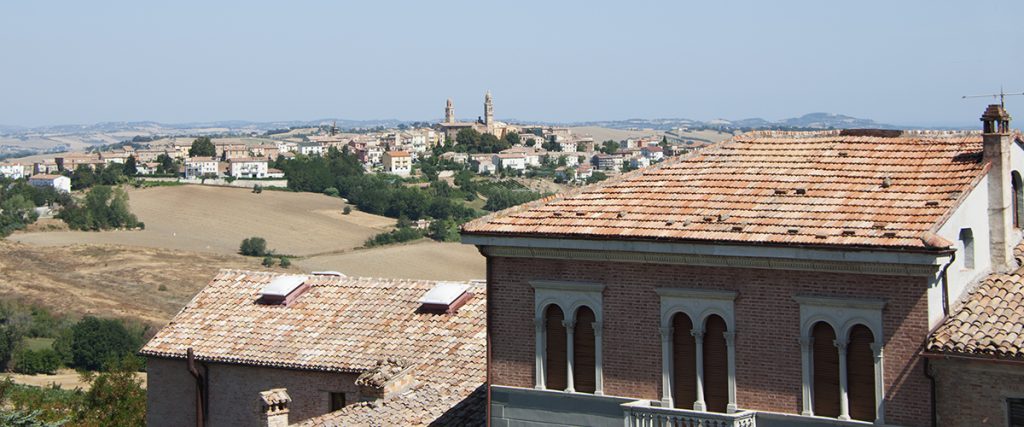
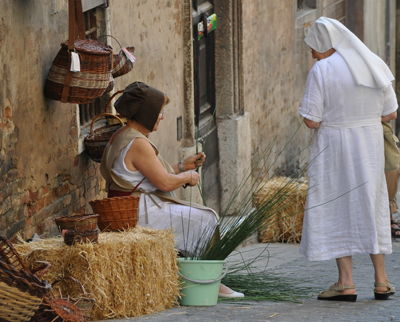

 Urbino never went through this type of transformation. Instead it managed its transition into the modern world keeping the old centro in tack and economically viable for local vendors; its suburbs orderly; its new construction architecturally cohesive; and its university for Italians. It bills itself as la citta ideale – the ideal city.
Urbino never went through this type of transformation. Instead it managed its transition into the modern world keeping the old centro in tack and economically viable for local vendors; its suburbs orderly; its new construction architecturally cohesive; and its university for Italians. It bills itself as la citta ideale – the ideal city.